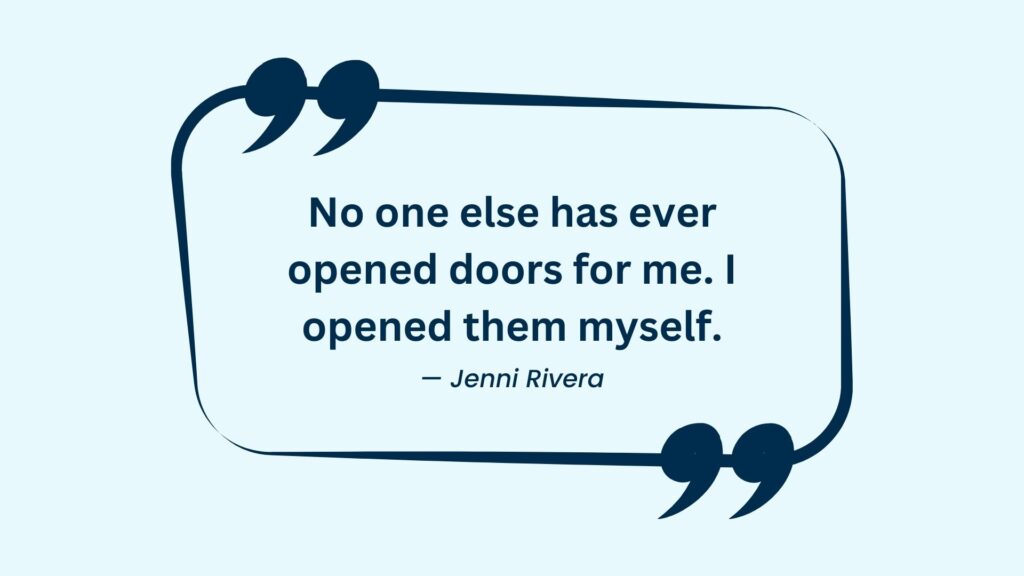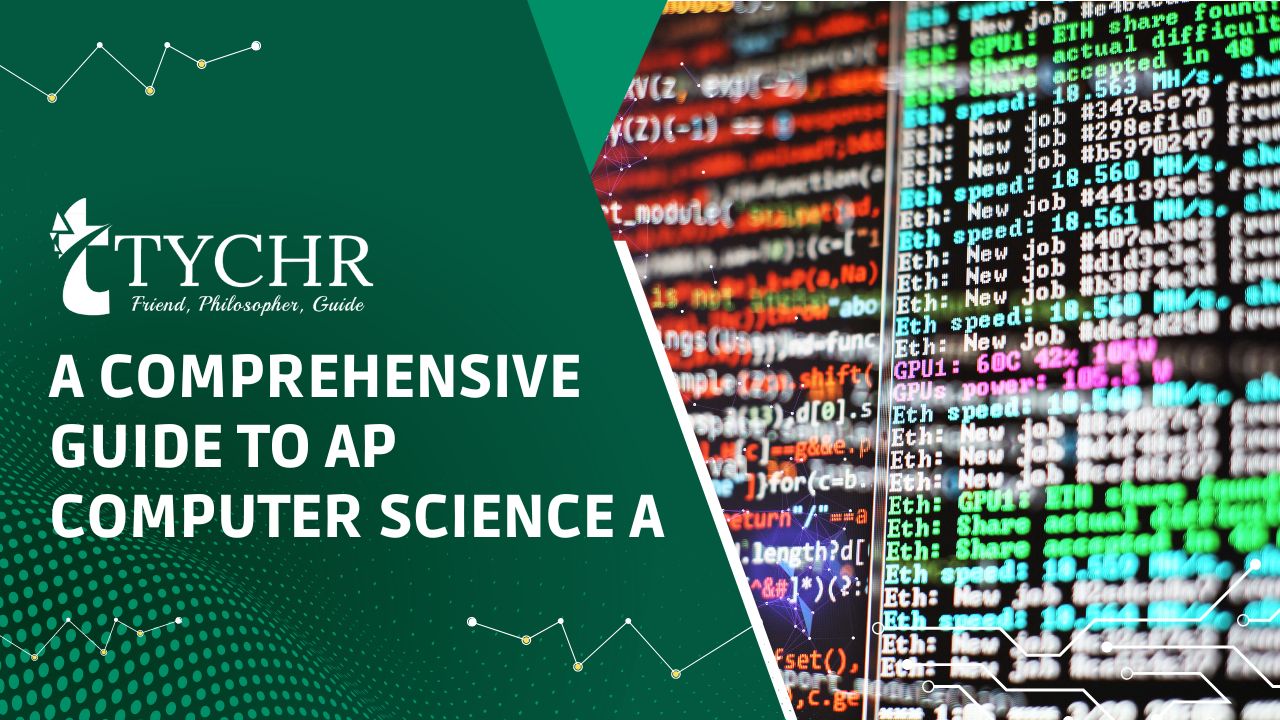Table of Contents
The AP Computer Science A course is a high school-level computer science course that is designed to introduce students to fundamental computer science concepts and programming skills. The course is offered by the College Board as part of the Advanced Placement (AP) program, which allows students to earn college credit and/or advanced placement in college courses by taking exams at the end of the school year.
The AP Computer Science A course covers a range of topics, including programming fundamentals, data structures, algorithms, and object-oriented programming. Students learn how to write programs in the Java programming language, which is used widely in industry and academia.
The course is typically taken by students who are interested in pursuing careers in computer science or related fields, or who simply have an interest in technology and programming. The course is designed to be rigorous and challenging, and students are expected to have a strong foundation in math and problem-solving skills.
Throughout the course, students are challenged to write programs that solve specific problems, such as sorting data, searching arrays, and manipulating strings. They also learn how to use data structures, such as arrays, lists, and trees, to organize and store data.
The AP Computer Science A course is usually taught over the course of a full school year, although some schools may offer it as a semester-long course. Students typically spend several hours per week outside of class working on programming assignments and studying for exams.
At the end of the course, students have the opportunity to take the AP Computer Science A exam, which consists of two sections: multiple-choice questions and free-response questions. The exam is timed, and students must demonstrate their knowledge and understanding of computer science concepts and programming skills in order to earn a passing score.
Exam structure
The AP Computer Science A exam consists of two parts. The first part is a multiple-choice exam, which tests students’ knowledge of the course material. The second part is a free-response exam, which requires students to write programs in the Java programming language.
Multiple-choice section:
The multiple-choice section consists of 40 questions and is 1 hour and 30 minutes long. The questions are designed to test students’ understanding of the following seven topics:
- Primitive Data Types and Variables
- Operators and Expressions
- Control Structures
- Classes and Objects
- Inheritance
- Polymorphism and Interfaces
- Data Structures and Algorithms
Free-response section:
The free-response section consists of four questions and is 1 hour and 30 minutes long. The questions are designed to test students’ ability to write, analyze, and debug programs using the Java programming language. The free-response section is divided into two parts: the first two questions are worth 40% of the overall exam score, and the last two questions are worth 60% of the overall exam score.
The four questions on the free-response section cover the following topics:
- Writing methods and classes: Students are asked to write methods or classes that implement a specific functionality.
- Analyzing and debugging code: Students are given a code snippet and are asked to identify and fix errors or to explain the behavior of the code.
- Understanding and modifying existing code: Students are given an existing program and are asked to modify it to implement a specific functionality.
- Writing programs from scratch: Students are given a problem and are asked to design, implement, and test a program that solves the problem.
Also Read: Difference Between AP Physics 1 And AP Physics 2
The free-response section tests students’ ability to write code that is correct, efficient, and effective. Students are expected to demonstrate an understanding of the Java programming language, as well as the ability to apply programming concepts and problem-solving skills to real-world problems.
In summary, the AP Computer Science A exam consists of a multiple-choice section and a free-response section that tests students’ understanding of programming concepts, as well as their ability to write, analyze, and modify code in the Java programming language. The exam is designed to test students’ ability to apply their knowledge of programming to solve real-world problems and is a rigorous test of students’ proficiency in computer science.
Benefits of doing AP Computer Science A
There are several benefits to doing the AP Computer Science A course, including:
College credit: One of the biggest benefits of taking the AP Computer Science A course is that it can earn students college credit. Many colleges and universities offer credit or placement to students who score well on the AP Computer Science A exam. This can save students time and money in college, as they may be able to skip introductory computer science courses or place out of certain requirements.
Job opportunities: The demand for computer science professionals is on the rise, and the skills learned in the AP Computer Science A course can help students pursue careers in a variety of fields, including software development, data analysis, and cybersecurity.
Problem-solving skills: The AP Computer Science A course emphasizes problem-solving skills, which are essential for success in many fields. Through programming exercises and projects, students learn how to break down complex problems into smaller, more manageable components and develop algorithms to solve them.
Logical thinking: Programming requires logical thinking and attention to detail, which are skills that can be applied in many areas of life. The AP Computer Science A course helps students develop these skills by challenging them to write programs that perform specific tasks and produce expected results.
Creativity: While computer science may seem like a rigid and formulaic field, there is actually a lot of room for creativity. The AP Computer Science A course encourages students to think creatively and find innovative solutions to problems.
Access to resources: The AP Computer Science A course provides students with access to a variety of resources, including textbooks, practice exams, and online learning modules. These resources can help students prepare for the AP exam and deepen their understanding of computer science concepts.
Preparation for future learning: The AP Computer Science A course provides students with a strong foundation in computer science concepts and programming skills. This foundation can prepare students for future learning in computer science or related fields, whether they pursue college degrees or enter the workforce directly after high school.
Overall, the AP Computer Science A course provides students with a range of benefits, including college credit, job opportunities, problem-solving skills, logical thinking, creativity, access to resources, and preparation for future learning. By taking the AP Computer Science A course, students can gain a valuable set of skills and knowledge that can benefit them throughout their academic and professional lives.

Test-taking tips for the AP Computer Science A Exam
Here are some test-taking tips for the AP Computer Science A exam:
Understand the format: The AP Computer Science A exam consists of two sections: multiple-choice questions and free-response questions. Familiarize yourself with the format of the exam and how the questions are structured.
Practice, practice, practice: The best way to prepare for the AP Computer Science A exam is to practice programming problems and multiple-choice questions. The College Board provides a variety of resources, including practice exams, sample questions, and scoring guidelines.
Review key concepts: Make sure you understand the key concepts covered in the course, such as data structures, algorithms, and object-oriented programming. Review your notes and textbook, and use online resources to reinforce your understanding of these concepts.
Manage your time: The AP Computer Science A exam is timed, so it’s important to manage your time effectively. Budget your time for each section of the exam and stick to your schedule. Don’t spend too much time on any one question, and make sure to leave enough time to review your answers at the end.
Read the instructions carefully: Make sure to read the instructions for each question carefully, and pay attention to the details. Some questions may require you to write code, while others may require you to analyze code or write short answers.
Show your work: For the free-response questions, make sure to show your work and explain your thought process. The graders are looking for clear, concise, and well-organized responses that demonstrate your understanding of the concepts.
Test your code: If a question requires you to write code, make sure to test your code thoroughly before submitting your answer. Check your code for syntax errors, logical errors, and boundary cases.
Don’t leave anything blank: There is no penalty for guessing on the multiple-choice questions, so make sure to answer every question, even if you’re not sure of the answer. Use the process of elimination to narrow down your choices and make an educated guess.
Use rough paper: You are allowed to use rough paper during the exam, so use it to organize your thoughts and work through problems. This can help you avoid mistakes and stay focused on the task at hand.
Stay calm: Finally, stay calm and focused during the exam. Don’t get too hung up on any one question, and don’t let stress or anxiety get the best of you. Take deep breaths, stay positive, and do your best.
Overall, the AP Computer Science A course is an excellent option for students who are interested in computer science and programming. It provides a strong foundation in computer science concepts and programming skills and can prepare students for further study in the field or for careers in technology and related industries.








